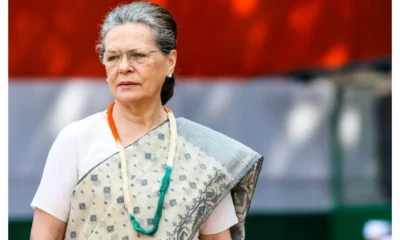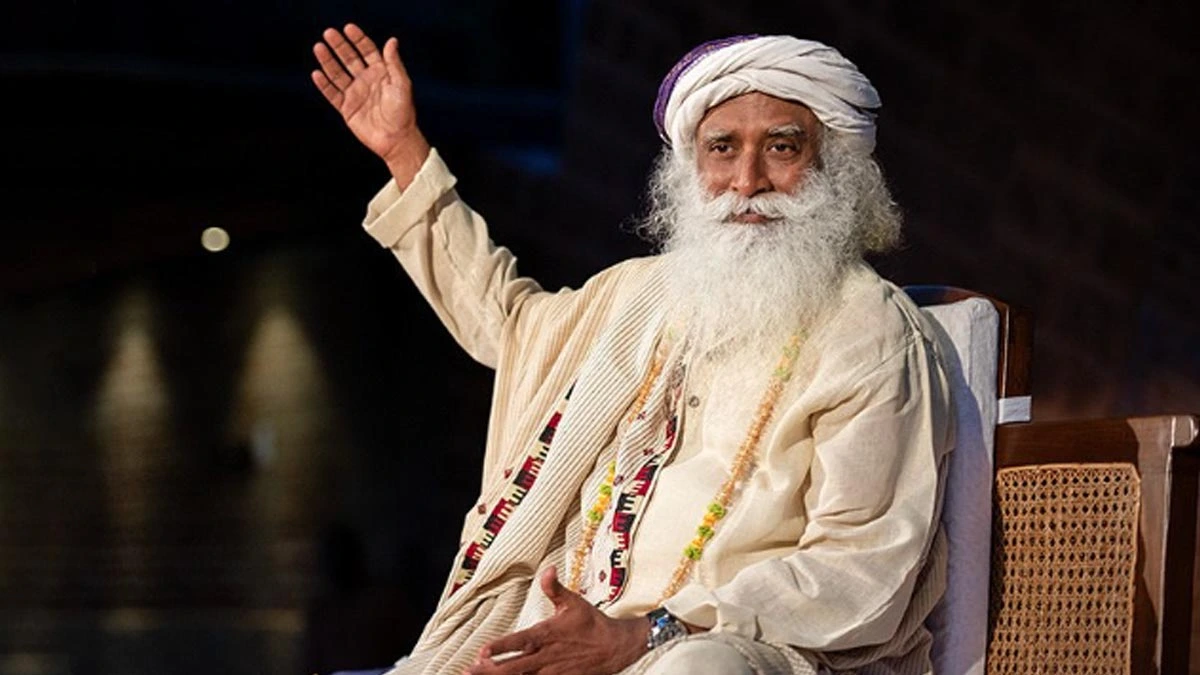Diabetes occurs when the sugar level in the blood becomes too high. Diabetes is a disease that brings with it many other diseases. Common symptoms of diabetes include frequent urination, increased thirst, and increased appetite. Blood sugar and blood glucose are the main sources of energy for the body, but due to increased levels of it, you become a victim of diabetes. Diabetes can be controlled by making some changes in your lifestyle.
If you are a victim of diabetes then you must control it before it gets worse. Here we are telling you tips to control diabetes.
There are two types of diabetes. Type 1 and Type 2, in which Type 1 diabetes is the one that we have genetically. If a person has diabetes due to hereditary reasons then it is called Type 1 diabetes. Whereas in some people, due to wrong lifestyle and eating habits, this disease goes home. This condition is called Type 2 diabetes.
Type 1 Diabetes
It is an autoimmune syndrome, which means your body is attacking itself. The insulin-producing cell in the pancreas is damaged in this situation. Type 1 diabetes affects up to 10 percent of individuals with diabetes. It’s most commonly found in children and young adults. However, there is no specific age or time. It used to be called juvenile diabetes. Individuals with Type 1 diabetes must take insulin on a daily basis. It’s also known as insulin-dependent diabetes because of this.
Type 2 Diabetes
It occurs when your body either does not produce enough insulin or when your cells do not react to insulin properly. Diabetes mellitus is the most common form of the disease. Type 2 diabetes affects up to 95 percent of diabetics. It mainly affects persons in their 30s or 40s. Type 2 diabetes is also known as adult-onset diabetes or insulin-resistant diabetes.
Prediabetes
It is the stage before Type 2 diabetes develops. Your blood glucose levels are higher than usual, but not high enough for Type 2 diabetes to be diagnosed.
Gestational Diabetes
It is also a type of diabetes that develops in certain women during pregnancy. Gestational diabetes normally disappears following the birth of a child. If you have gestational diabetes, though, you’re more likely to acquire Type 2 diabetes later in life.
Top ten tips to control DiabetesHealthy Diet:
1.Healthy diet:
It is important to take a healthy diet when you are diabetic. To control your blood sugar levels, you should take a healthy diet. For this, eat wheat bread, green leafy vegetables, legumes, curd, seeds, and nuts in the diet. You can consult an expert about fruits and vegetables that can reduce high sugar levels.
2.Exercise and proper rest:
It is important to exercise and walk daily. Exercise daily to avoid the problem of high blood sugar levels. In diabetic patients, it is said that the sugar level can be high by sitting in one place all day.
Read Also: Delhi BJP wants to rename Mohammadpur village as Madhavpuram, puts pressure on AAP govt
3.Regular checkups of sugar level:
Health experts recommend that if you have diabetes, keep checking your sugar level regularly. Also, eat glycemic food like legumes, oats, beans, lentils, seeds, non-starchy vegetables, sweet potatoes, etc.
4.Weight control:
To avoid the problem of high blood sugar levels, you should also control your weight. If you reduce the increasing weight, then it can also reduce your diabetes level. Obesity is the main factor in getting diabetes.
5.Proper sleep:
Get plenty of sleep each day to avoid the problem of high blood sugar levels. Along with this, try to reduce the stress level, because stress also affects the sugar level.
6.Reduce Carbs intake:
The first thing that is done to reverse diabetes is to reduce the amount of carbohydrates by 50 percent. Most people consume 60-70 percent carbs. As soon as 10 percent carbs are cut, you will start to see the change. There are many apps available these days to help you track calories and carbs.
7.Take Medicines on time:
Though this is a very obvious thing but taking medicines on time plays an integral part in Diabetes. In case of blood sugar crossing 200, it is most important for you to visit a doctor first and make sure that the medicines you are taking, are taken at the right time so that your blood sugar level neither rises nor falls.
An apple a day keeps the doctor away? World’s oldest person says secret to long life is a glass of wine and chocolate everyday
Muslim personal law board slams states over plan to implement Uniform Civil Code, says unconstitutional, anti-minority

























